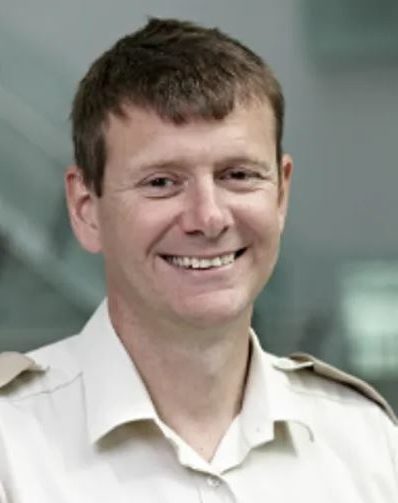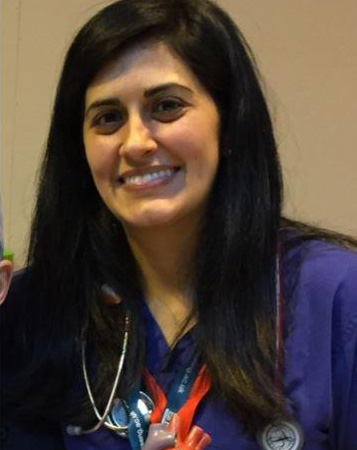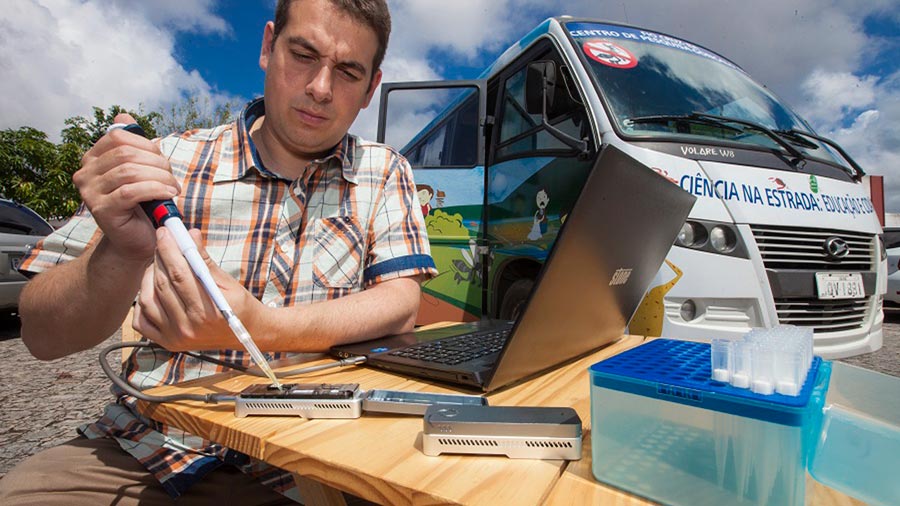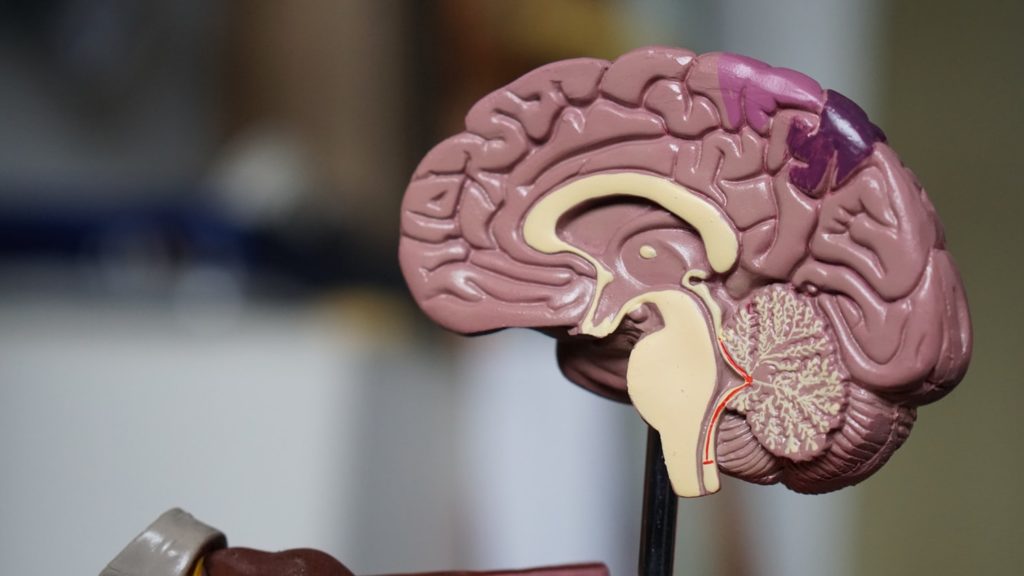Background
Trauma remains one of the leading causes of death and disability worldwide. It is the leading cause of death under 40 years of age in the UK. An increasing proportion of major trauma patients are aged 65 and over and this is due to rise in line with our ageing population. The purpose of triage is to reduce death and permanent disability by matching the needs of the injured patient to the most appropriate level of care. Controversies exist regarding the best way to identify severely injured patients in the routine pre-hospital setting, in the major incident setting and in those aged 65 and over.
The SMART Triage Group is working on developing a major incident secondary triage framework as well as a risk stratification of the older trauma patient within the pre-hospital setting.
Method
In order to develop an MI Secondary triage tool, we integrate patient data from several points of the patient care pathway, from the pre-hospital phase to in-hospital treatment, in both the military and civilian setting. We will then build an AI-based framework for the triage as well as risk stratification of patients at different stages of admission which utilises machine learning methods, such as neural network and regression models, and combine it with prior medical knowledge.
We will also apply a similar approach develop models that predict clinical outcome in older trauma patients and in particular, evaluate the potential role of frailty scoring as part of the risk stratification of older patients suffering injury. This will involve the amalgamation of data from the pre-hospital environment, clinical and demographic data collected at the regional level by TARN as well as in-hospital patient records at the University Hospital Birmingham NHS Trust.







